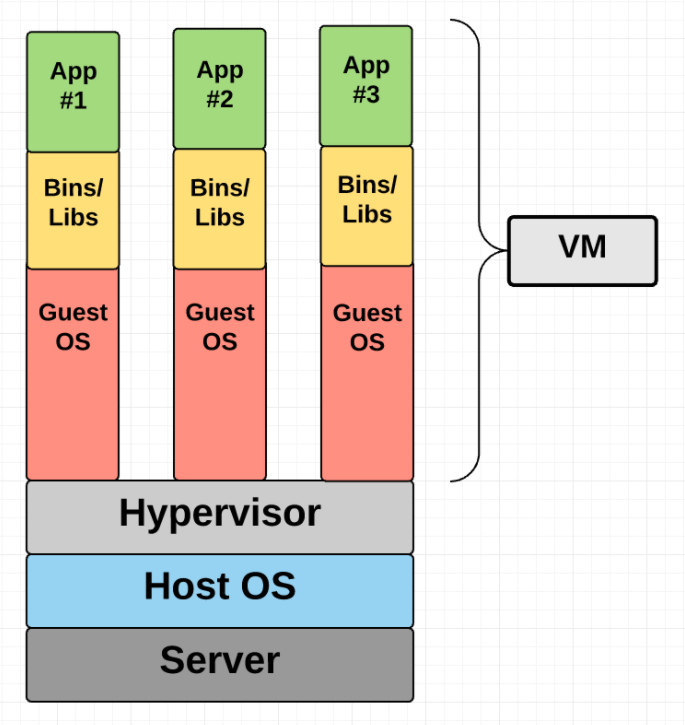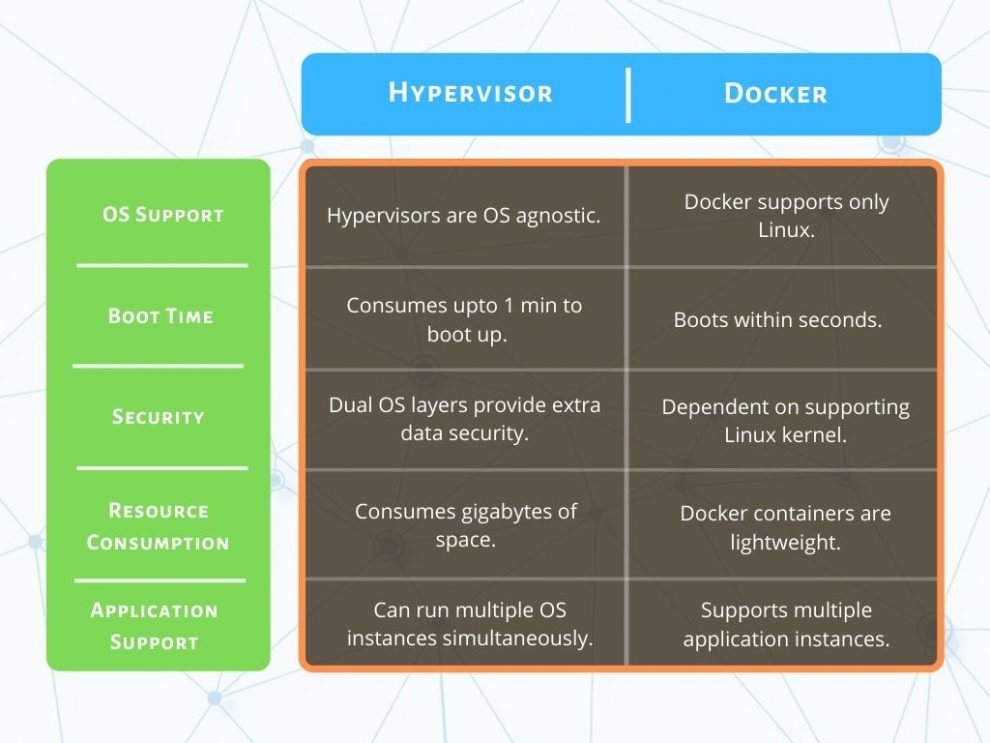

you don’t want to or can’t easily run VMs on a Windows machine for security compliance reasons and would like to treat Windows containers as Windows processes and not VMs.

I’ve seen three common reasons why users might be unable to enable Hyper-V on their Windows system: WSL2 in turn also uses Hyper-V - so without having Hyper-V enabled Docker Desktop fails to start and can’t be used. The problemĭocker Desktop on Windows 10 supports two backends: HyperV and WSL2. What if you want to run Docker on Windows 10 but can’t or don’t want to enable Hyper-V? Here’s a solution for running both Windows and Linux containers on Windows 10 entirely without Hyper-V and without Docker Desktop. Running Windows and Linux containers on Windows 10 is possible without HyperV.


 0 kommentar(er)
0 kommentar(er)
